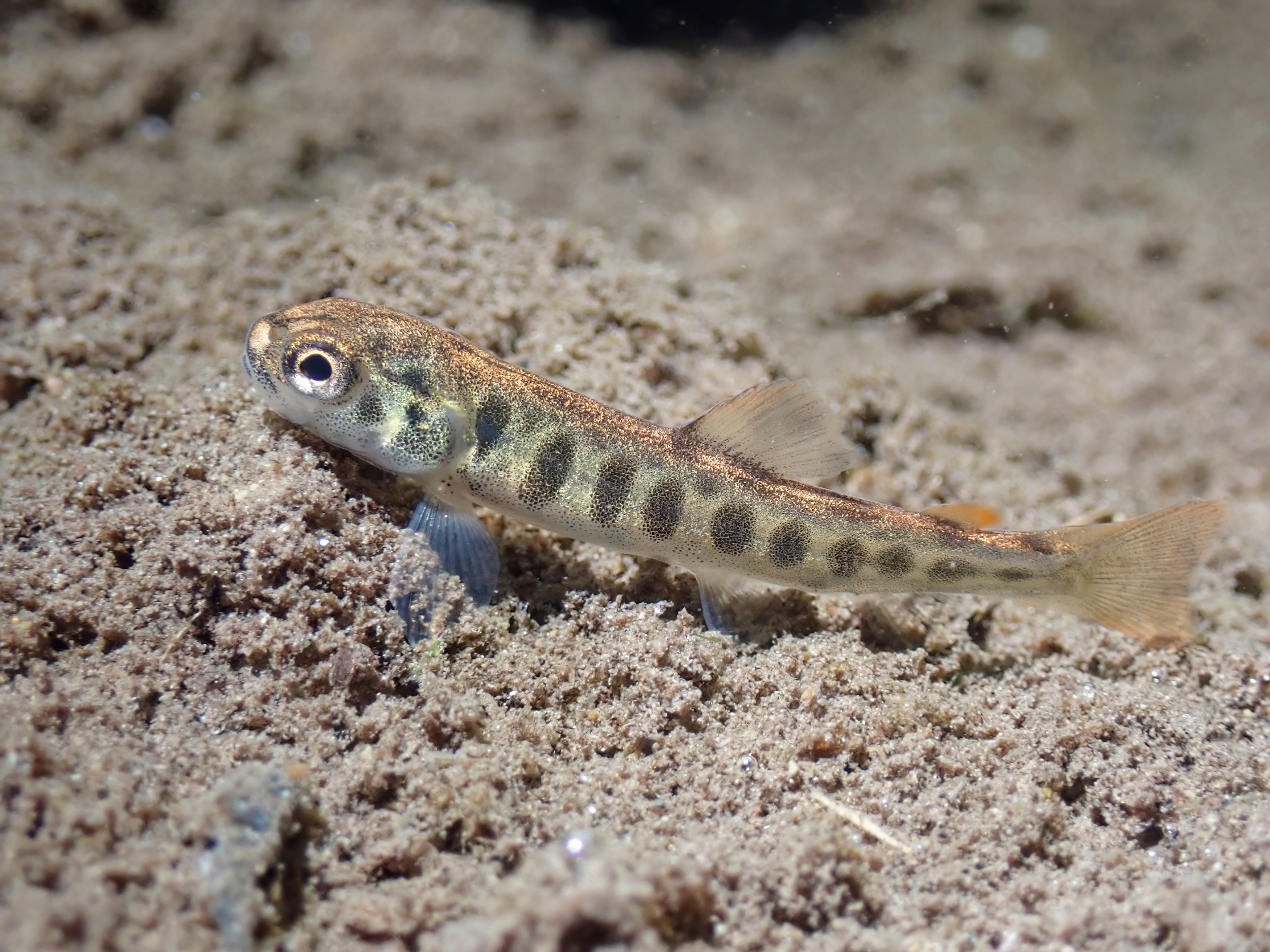
5 things to know about Winnipeg’s big sewage problem
115 billion litres, 70 years to fix, $5.5 billion in lawsuits
It’s springtime, which means migration and spawning for many Lake Ontario fish — and a good time to share the fascinating story of how many salmon and trout came to live in this Great Lake in the first place. Brook trout and Atlantic salmon are native to the lake, but in 1873, the federal government began stocking it with non-native salmonids — a large family of ray-finned, carnivorous fish — starting with chinook salmon. Coho salmon, steelhead, and brown trout soon followed.
They didn’t thrive at first, though. Dams impeded spawning migrations, pollution from lumber mills and tanneries degraded water quality and clearing forests for urbanization and agriculture warmed waters. This limited natural reproduction of stocked non-native species. It was also devastating for native species: combined with overharvesting, environmental harm caused the decline of some, like brook trout, and the wholesale loss of others, like Atlantic salmon.
Stocking resumed in the late 1960s as environmental awareness increased and stream quality improved, culminating in Ontario, Quebec and a number of U.S. states signing the Great Lakes Water Quality Agreement in 1972. By the 2000s all introduced species were reproducing naturally. Now, most of these fish are from the wild, not hatchery-raised — over half the lake’s chinook and coho salmon are wild, and some streams have entirely wild runs. Last fall, approximately 20,000 wild chinook and coho salmon, along with some wild brown trout and steelhead, returned to the Ganaraska River in Northumberland County to spawn. While these fish aren’t native to Lake Ontario, they’re now an important part of the ecosystem, bringing lake-derived nutrients upstream.
The fact that these fish are wild-reproducing and self-sustaining is an incredible success story. But it’s often overlooked by anglers and the public and ignored by government agencies on both sides of the border. Many streams could support even more wild reproduction, but agency policies favour putting money towards stocking non-native fish for anglers instead of habitat restoration that would benefit struggling native fish populations and the whole ecosystem. Ontario and New York state’s shared Fish Community Objectives for Lake Ontario openly acknowledges that prioritizing food for chinook could hurt native fish: chinook salmon’s preferred food is non-native alewife, but eating alewife can reduce fertility in native salmonids.
This is ultimately short-sighted, as wild populations of both native and non-native fish are more resilient and stable than those augmented by hatcheries. And long-term habitat restoration benefits all species, including humans. This includes keeping streams connected and cool by limiting agricultural runoff, keeping vegetated buffers along streams, removing dams, planting shade trees and restoring wetlands to filter water.
It can be easy for non-anglers to forget that these fish are living nearby, hidden under the water, but they are an amazing story of adaptation and a way for people to connect with nature. If we want a future where fish continue to coexist with the 13.5 million people that live in southern Ontario, we need healthy streams and ecosystems to support all life.









